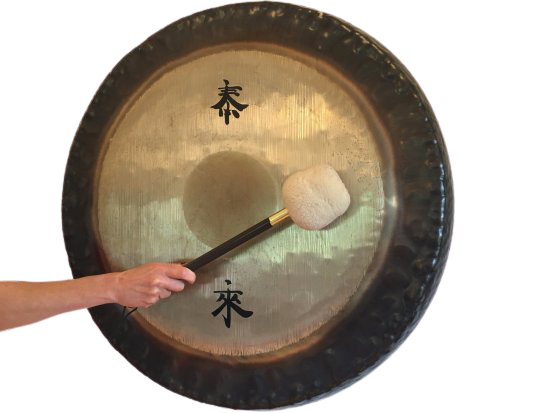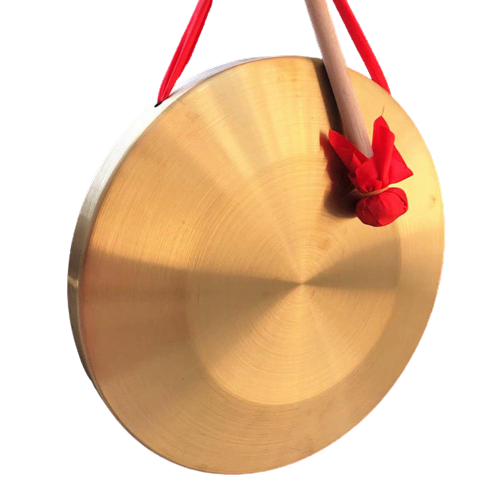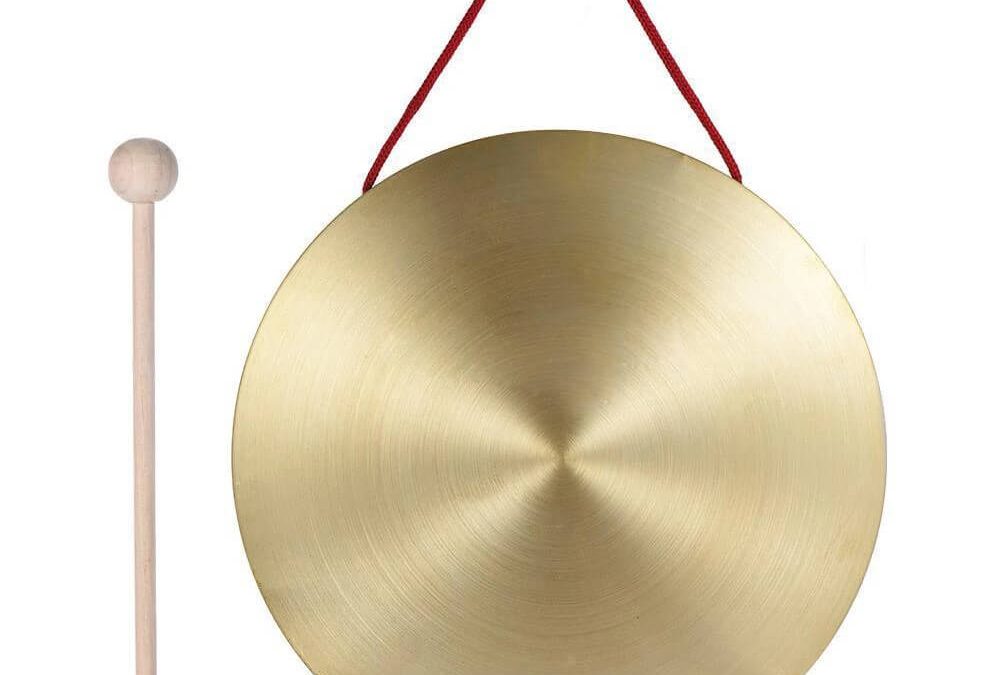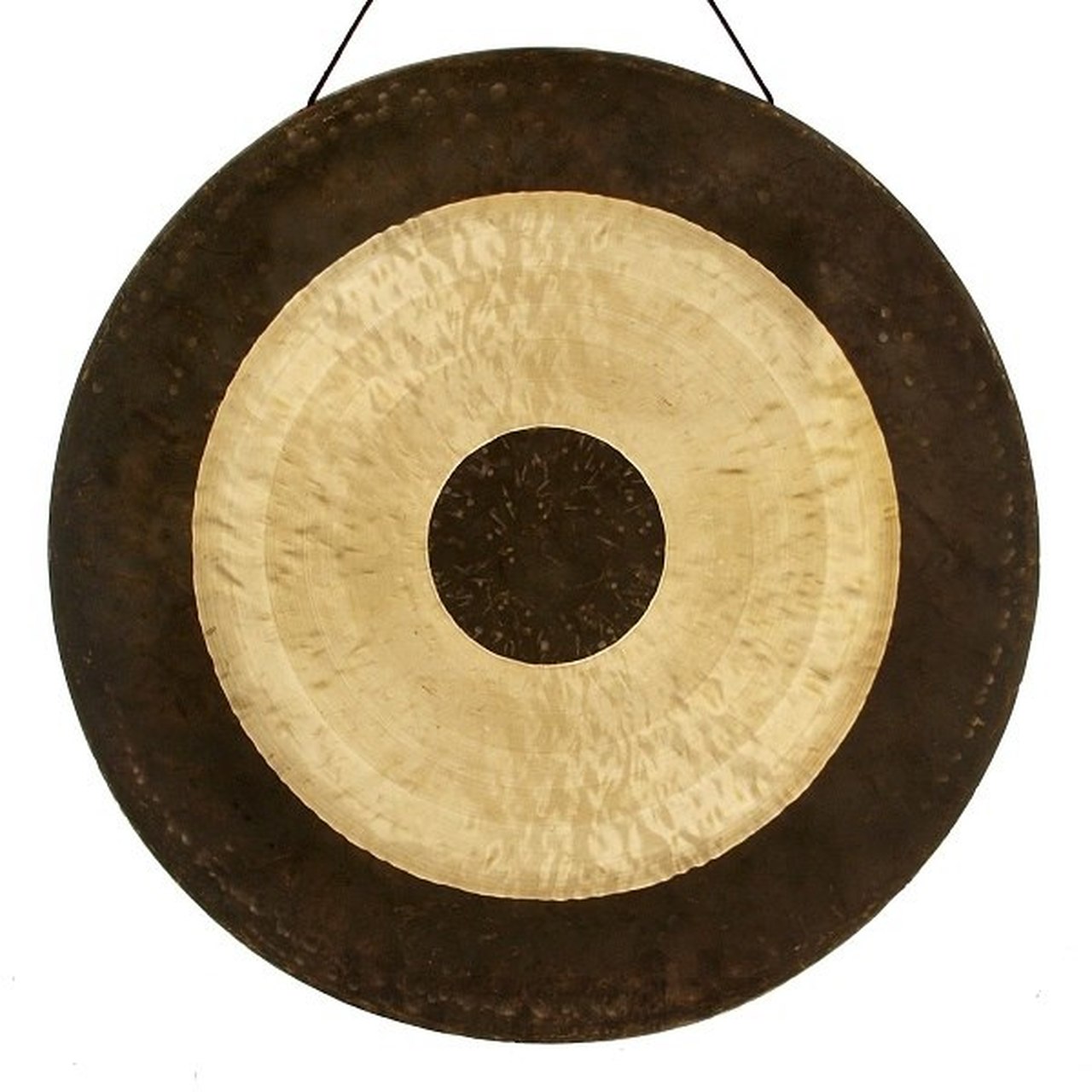
How to Play Gong
Overview- How to play Gong?
The gong has a deep precise pitch with dark timber and very full, round sound. Gong is the membranophone musical instrument. The pitch and nature of sound in the gong can be varied as per the wish of a person playing it. The sound and pitch solely depend upon mallet and the way it is struck into gong. If it is attacked too hard, the sound can overshoot whereas when it is attacked too soft the sound will be lost. That means you do not know how to play the gong.
To add more about it, Gong is musical percussion instruments that take the form of a flat, circular metal disc. Gongs produce metallic, dark, and majestic sound. The gongs origin is mostly believed to take place in China’s western region around the sixth century. Many people might be wondering how to play gong? In this article, we will delve into the answers to how to play gong?
Gongs are saucer-shaped typical large, a round disc that produces sound when it is struck using a mallet. The combination of striking force from mallet, striking sequence, and striking pattern imparts to the gong when it is played. When the flat surface of the gong is struck by using mallet then a rich and desired sound is produced from the gong. The pitch and the quality of sound can be adjusted as per the listener’s choice.

When a gong is played the sound is introduced quietly, increasing the volume to reach a crescendo and allowing the intensity to finish. When the gong is struck very forcefully then the sound produced will be too high and when it is struck very slowly then the sound will disappear. To be able to control the intensity and pitch of the sound, one should have a lot of practice with determination. Sound, amplitude, or volume of the sound wave typically depends upon how much force is applied while playing the gong.
Striking the gong perpendicular to the disc or tapping it once will cause a single resultant force in the same direction but tapping it more than once or applying a glancing blow will cause two lesser force. Therefore, by varying the glancing angle, the intensity of the sound can be managed. In most of the cases, the volume is kept intentionally low. This is done because the sound produced from this technique will be more restful and relaxing
You can watch a short video on How to play here
The glancing striker can be used in very versatile ways. The skimming moment of the striker or mallet across the disc, either as a downstroke or an upstroke stems from a flickering motion centered at the player’s wrist. This technique is key for mastering to play the gong. When the striker or mallet is repeatedly heated to the circular large disc then a sound is produced which is kind of healing and possesses relief properties.
To further delve into how to play gong? The rhythm and the tempo are the main points to be remembered while playing the gong. The mallet should be struck slowly first and the speed should be increased slowly and carefully.
Conclusion
For some years, gongs are getting more and more popular around the globe. Therefore, more people are interested to know how to play the gong. Gongs were invented for a particular purpose but the use and benefit of gong extended as time passed. It is well known for stress relief and clearing the negative thoughts from the mind. Originally, they were invented to promote stillness and wellbeing. Gongs are considered as the symbol of mysticism and fortune. The gong is said to be the greatest tool of meditation for monks.
Gong is taken as reinforced vibrations more than an instrument. It helps to create a free space in the mind activating the glandular and endocrine systems. Listening to the pure sound from gong daily will helps to turn on our chakras. Ultimately, the gong creates a very positive atmosphere within us and helps in deep relaxation. Traditionally they were used to clear the way for important events and processions.
If you are interested to play the gong then you can attend an online tutorial or find a good teacher and learn it. Every instrument has certain instructions within it so everything should be performed according to rules.


